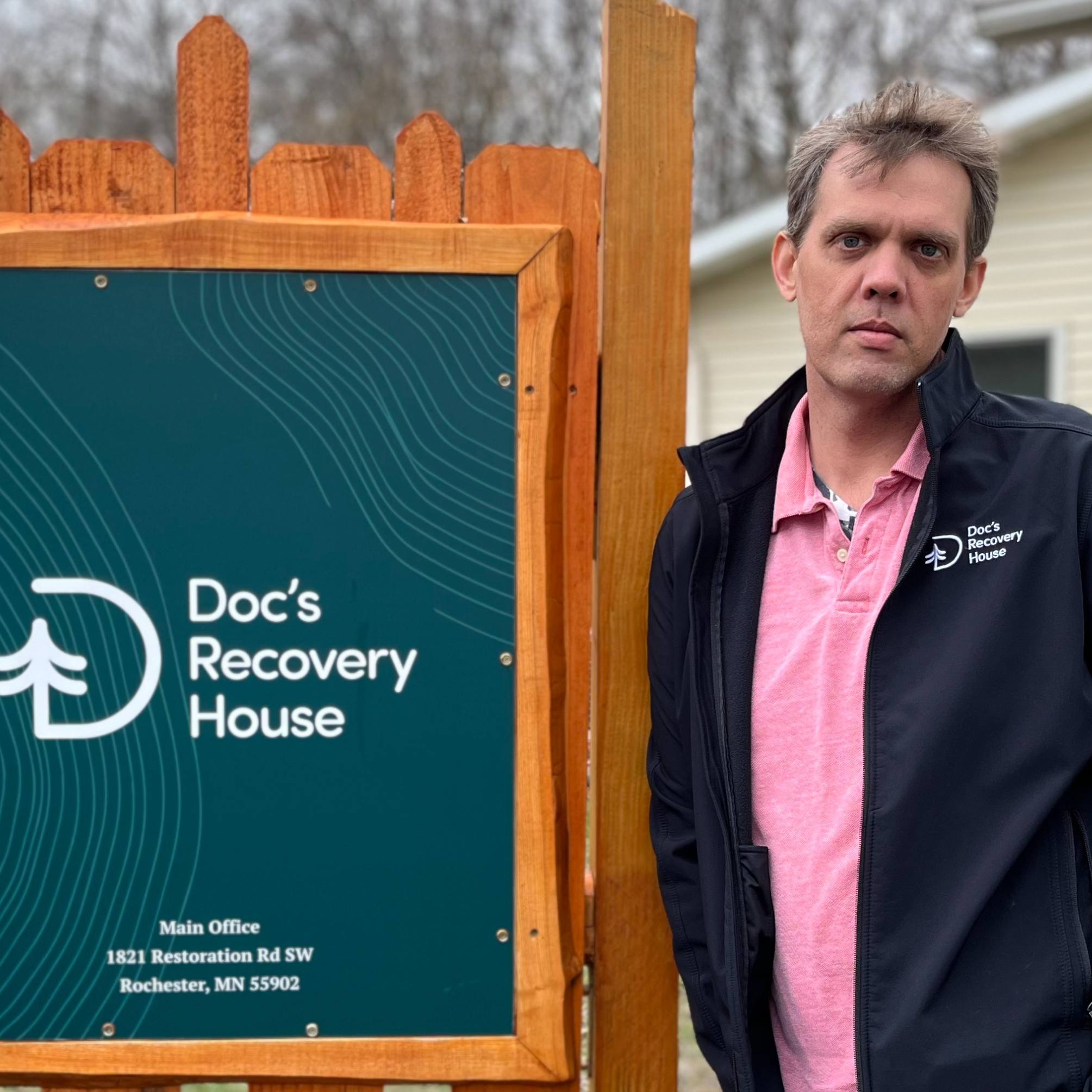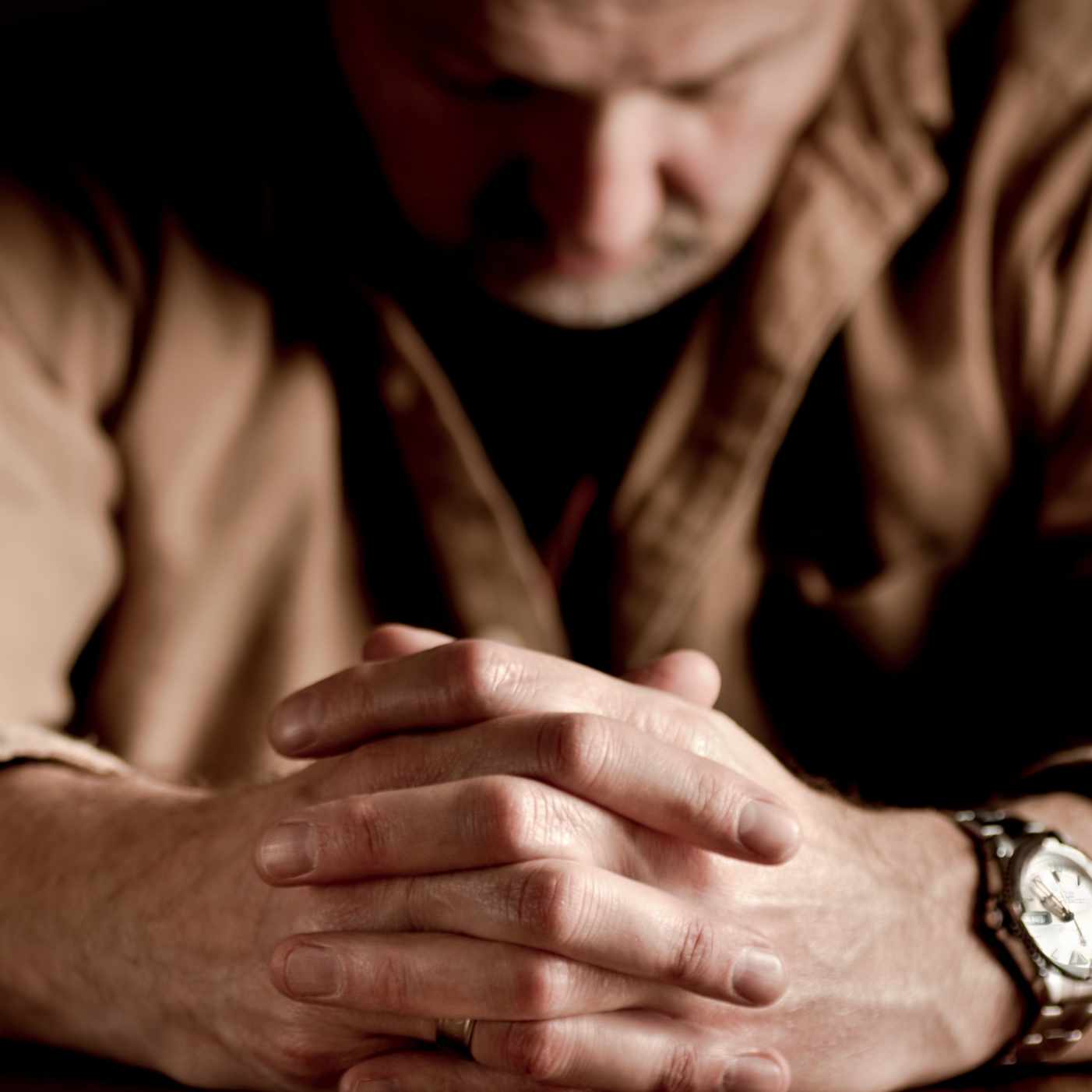-
What Is Sciatic Pain and How Is It Usually Treated?
Pain from Sciatica Can Range from Mild to Intense
January 13, 2012
Dear Mayo Clinic:
I've had sciatica on-and-off for weeks, but for the past few days it has been so bad that I'm uncomfortable all of the time. It feels best when walking, but when I stop or sit down the pain is almost unbearable. My doctor says physical therapy is the only way to treat it. Are there no other options?
Answer:
Sciatica refers to pain that radiates along the path of the sciatic nerve, which runs from the lower back to the buttock and down the back of each leg. The lower lumbosacral nerve roots make up the sciatic nerve which is the longest nerve in the body.
Although many people think of sciatica as a condition, it is actually a collection of symptoms. Most people with sciatica will experience pain more in their lower extremity than in their back. The pain will often extend below the knee and into the foot and, in many cases, it is accompanied by numbness or tingling. On occasion, patients will experience muscle weakness in the affected leg.
For some, sciatica pain may be just a mild ache; for others, it can be quite intense. Some people experience a sharp burning sensation and may feel a jolt like an electric shock. Often, the pain intensifies when sitting for long periods. Some patients lose bladder or bowel control, a sign of cauda equina syndrome, which is rare but serious and requires immediate medical care. See your doctor immediately if your sciatica is accompanied by these symptoms.
In most cases, sciatica is caused by normal wear and tear in one of the disks in the low back. The disk herniates and bulges into the spinal canal, compressing one or more of the nerve roots which form the sciatic nerve and sending pain down the lower limb.
Usually, sciatica is intensely painful for about a week or two, and then starts to get progressively better. About 90 percent of patients are successfully treated without needing surgery. Often, physical therapy is recommended and has proven to be very effective. A physical therapist can provide treatments to improve pain immediately and recommend exercises to do at home that will prevent future episodes of sciatica.
Other measures may provide some relief as well. Simple home remedies, such as applying heat or ice and taking over-the-counter pain medications, are usually effective. Try cold packs initially to reduce inflammation. Apply an ice pack to the painful areas for about 20 minutes several times a day. After two or three days, apply heat with a heat lamp or a heating pad on the lowest setting. Alternating warm and cold packs may provide some relief.
Patients who haven't had success with over-the-counter medications may require a prescription strength anti-inflammatory drug or other painkillers. Opioids containing medication such as hydrocodone with acetaminophen, oxycodone with acetaminophen or codeine with acetaminophen, or the newer neuropathic (nerve pain) drugs (gabapentin, pregabalin, duloxetine, etc.), are usually successful in relieving sciatic pain. For more aggressive treatment, your doctor may recommend corticosteroid injections. If all else fails, surgery can be highly successful when the sciatica is caused by a disk herniation with nerve root compression.
Continuing your regular activities is a good idea, but stop the activity that triggered the pain in the first place. Too much rest and inactivity can actually make your symptoms worse. Try water exercise or other low-impact exercises, such as riding a stationary bike, to stay active without making the pain worse. As you begin to improve, a combined program of aerobic activity, strength training and core stability exercises can help limit the effects of age-related back problems.
Your doctor can help you design a safe exercise program. You may also benefit from working with a certified personal trainer or a fitness specialist.
—Randy Shelerud, M.D., Physical Medicine & Rehabilitation, Mayo Clinic, Rochester, Minn.







